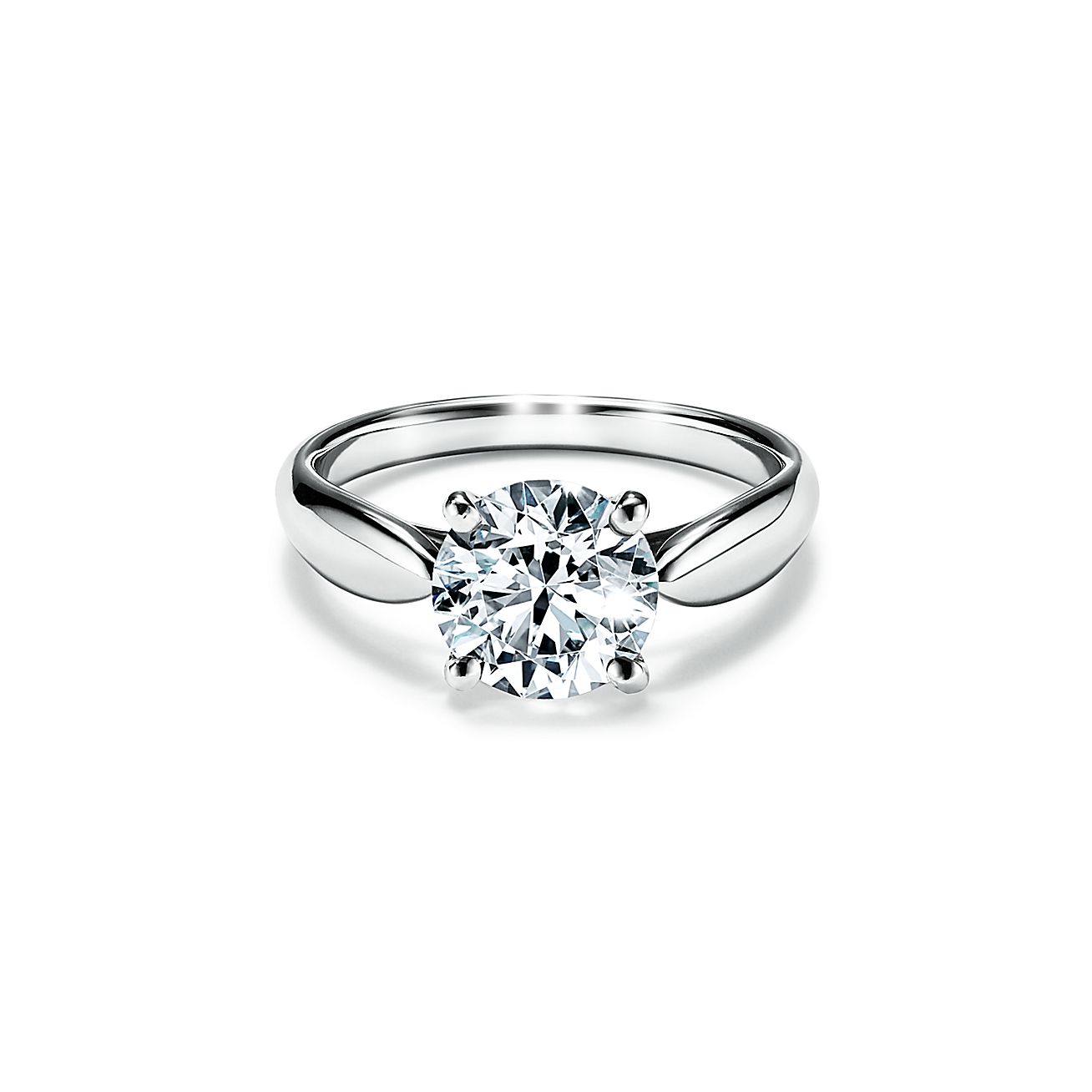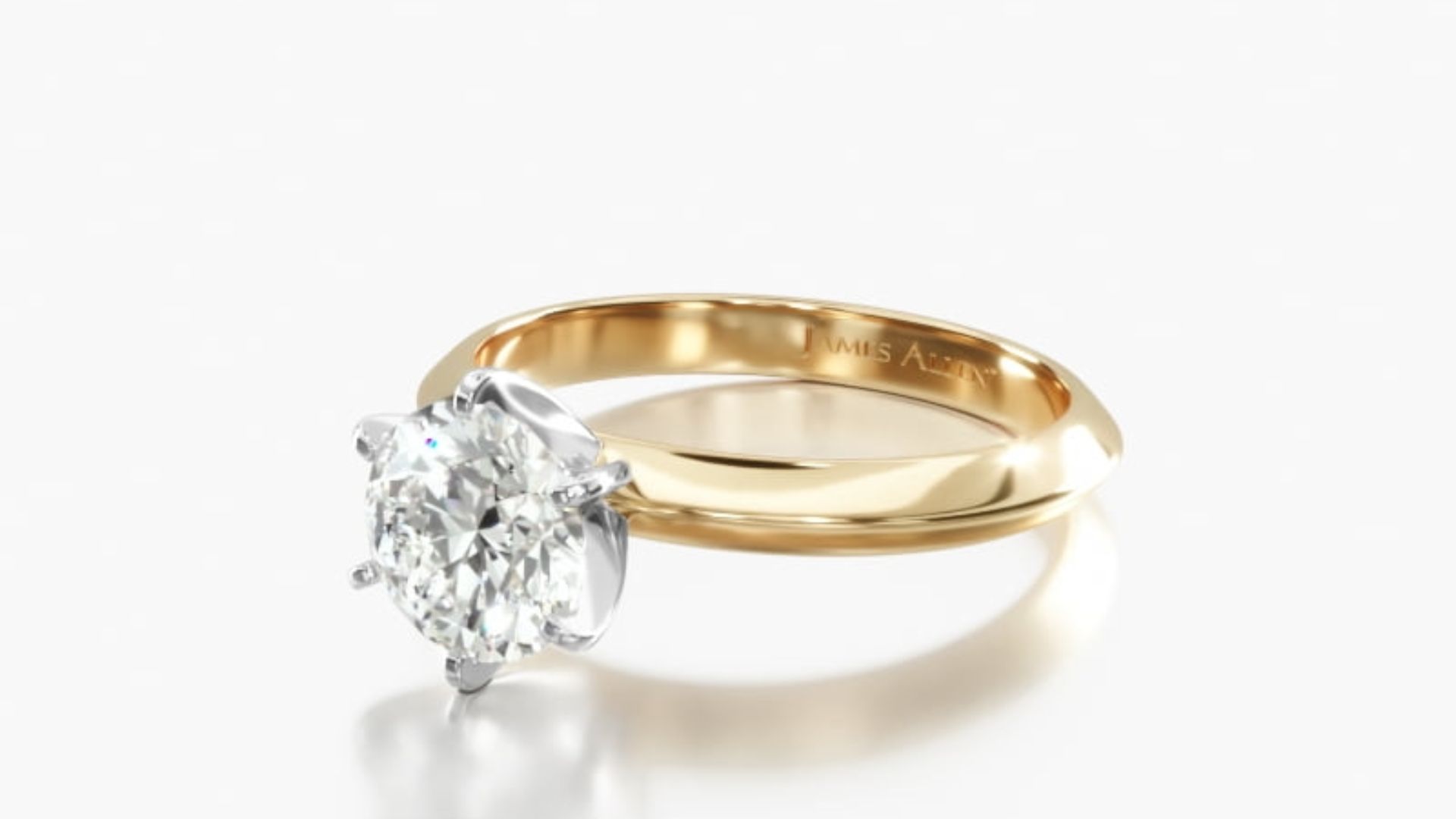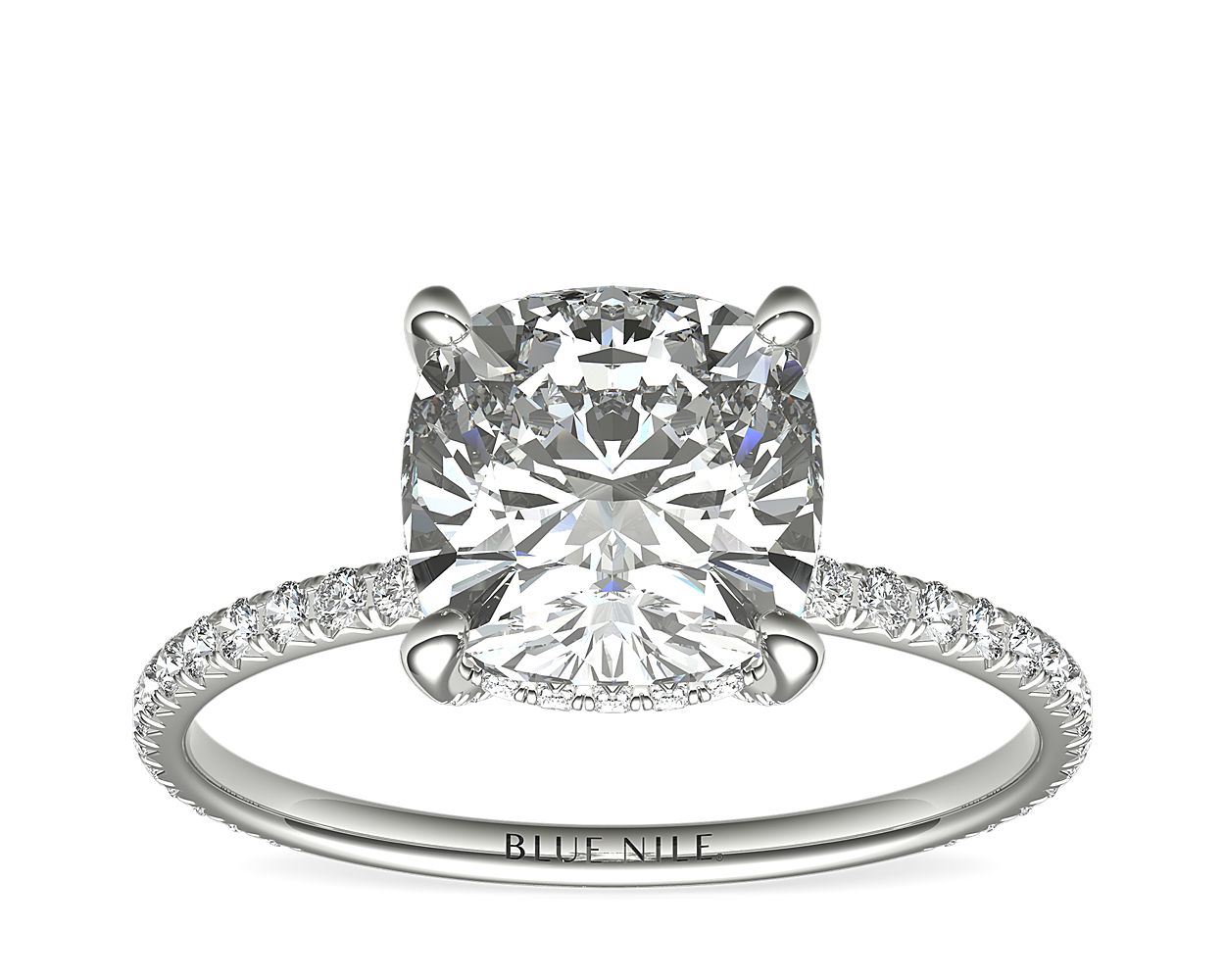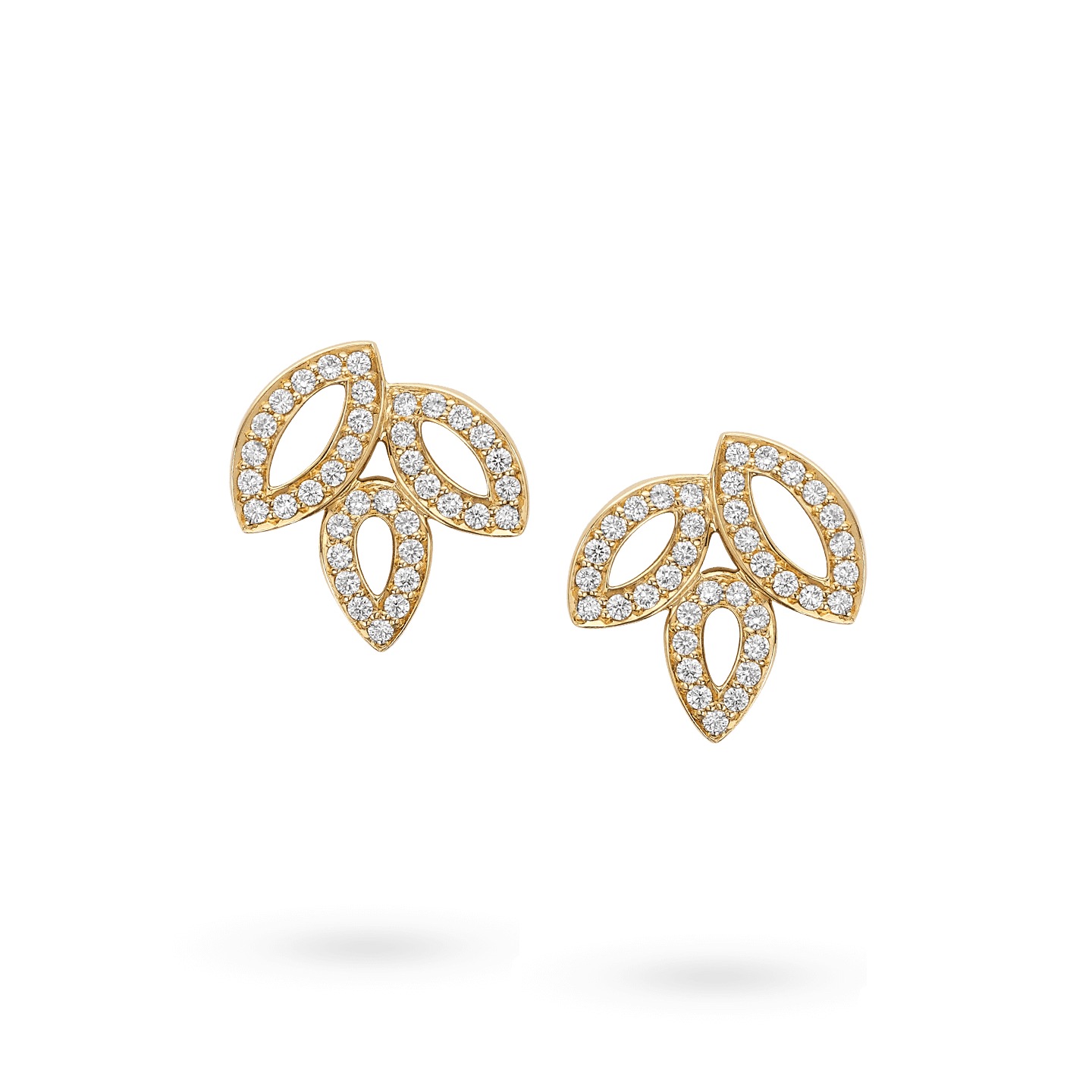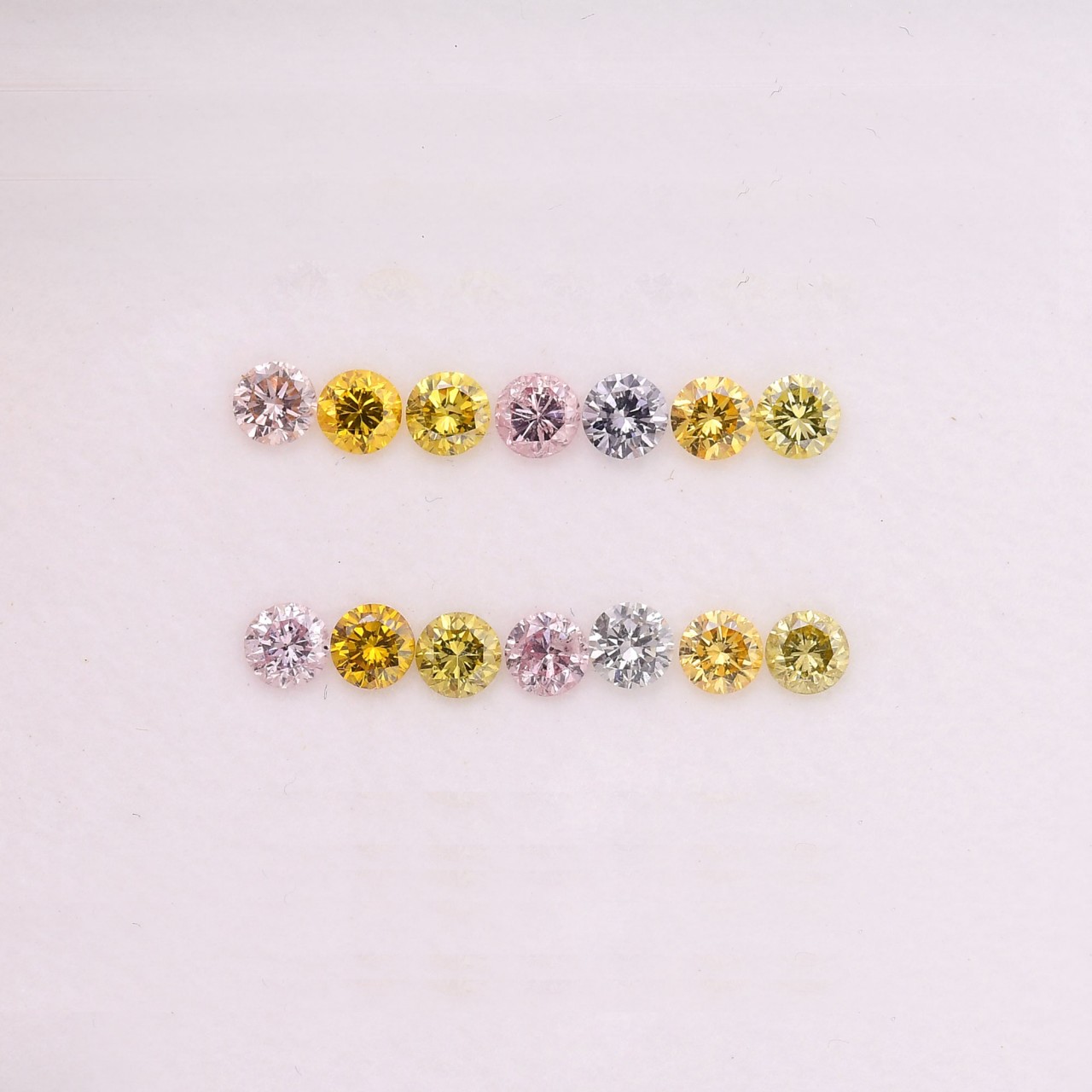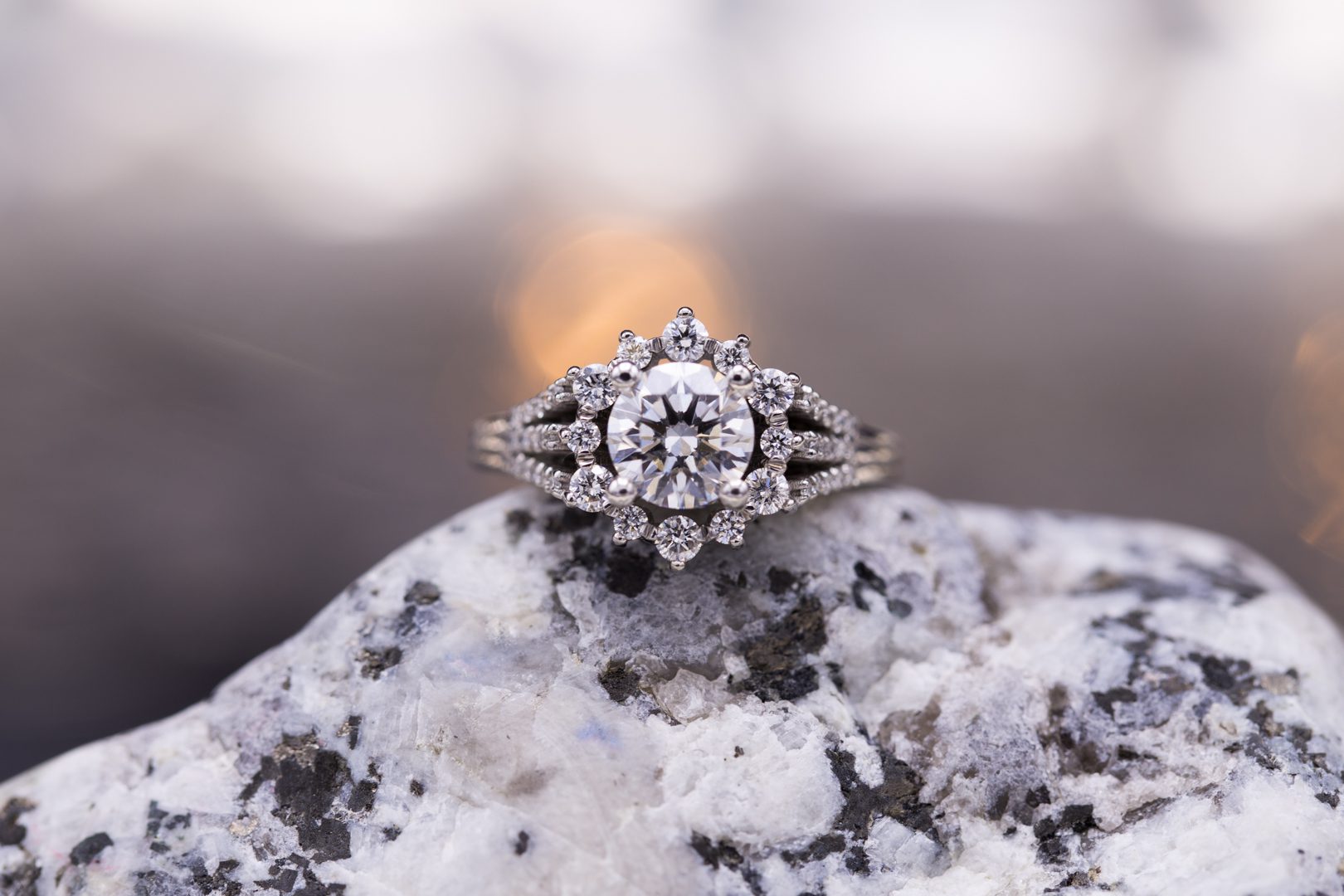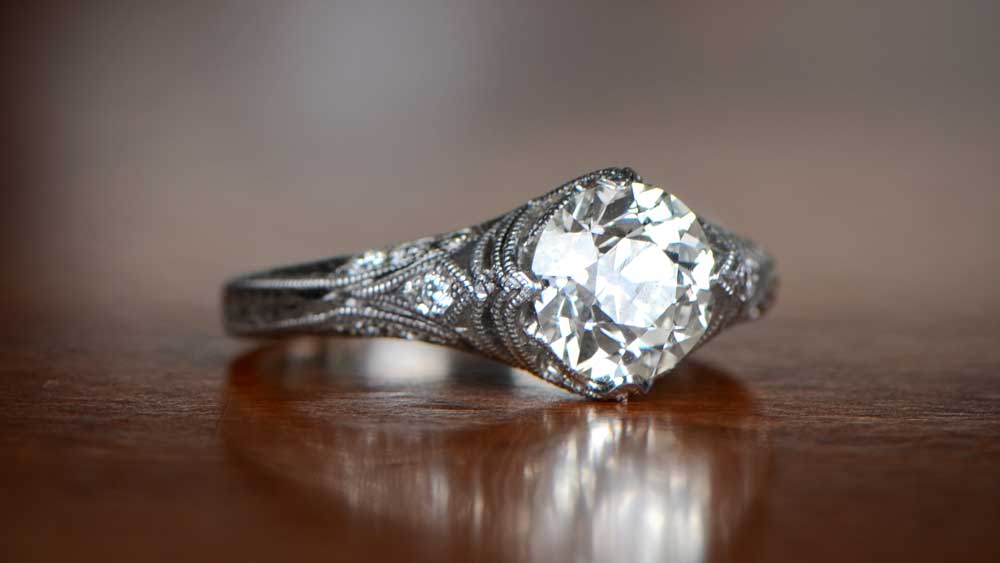
Diamonds have long captured the human imagination with dazzling brilliance and timeless beauty. However, the allure of these precious gems has sometimes been overshadowed by concerns about their origins. Blood diamonds or conflict diamonds have become synonymous with diamonds mined under conditions that fund armed conflict, human rights abuses, and environmental degradation.
In response to these ethical concerns, the jewelry industry has embraced the concept ofconflict-free diamond jewelry. Conflict-free diamond jewelryis not just about adornment; it's about making a conscious choice to support a more ethical, sustainable, and compassionate future while enjoying the timeless elegance of these exquisite gems. It's a celebration of values and a commitment to a world where beauty shines brightly with a conscience.
What Is Conflict-free Diamond Jewelry?
Conflict-free diamond jewelry refers to jewelry made using diamonds sourced and traded in a manner that adheres to ethical and humanitarian standards. The term "conflict-free" relates explicitly to diamonds not associated with or used to fund armed conflicts, particularly in regions where diamond mining has been linked to human rights abuses and violence.
Conflict-free diamonds gained prominence in the early 2000s due to concerns about the diamond trade's role in financing conflict in African countries, particularly in Sierra Leone, Angola, and the Democratic Republic of Congo. Diamonds mined in war zones and sold to finance armed conflict became known as blood diamonds or conflict diamonds.
History Of Conflict-free Diamond Jewelry
The history of conflict-free diamond jewelry is closely intertwined with the global efforts to address the issue of "blood diamonds" or "conflict diamonds." Conflict diamonds are mined in regions where these gems are sold to finance armed conflict and human rights abuses. The journey towards creating a market for conflict-free diamond jewelry has evolved over several decades;
Emergence Of The Blood Diamond Issue (1980s - 1990s)
The issue of conflict diamonds gained international attention in the 1980s and 1990s when reports surfaced of diamonds being used to fund brutal conflicts in African countries like Sierra Leone, Angola, and the Democratic Republic of Congo. These diamonds were often mined by forced labor or child soldiers in war zones.
Global Outcry And NGO Action (Late 1990s)
As awareness of the issue grew, there was a global outcry against the trade in conflict diamonds. Non-governmental organizations (NGOs) such as Global Witness and Amnesty International were pivotal in exposing the connection between diamonds and armed conflict.
Kimberley Process Certification Scheme (2003)
The Kimberley Process Certification Scheme was established in 2003 to address the problem of conflict diamonds. This international initiative brought together governments, the diamond industry, and civil society organizations to prevent conflict diamonds from entering the legitimate diamond trade.
Challenges And Criticisms (2000s - Present)
While the Kimberley Process represented a significant step forward, it faced criticism for its limitations, including issues related to transparency and enforcement. Some critics argued that it did not go far enough in preventing the trade in conflict diamonds.
Consumer Awareness And Demand For Ethical Jewelry (2000s - Present)
Consumer awareness of the issue of conflict diamonds grew. Many consumers began to demand greater transparency and ethical sourcing in their purchased products, including diamonds.
Rise Of Conflict-Free Diamond Jewelry (2000s - Present)
Responding to consumer demand and the desire to promote ethical practices, many jewelers and diamond companies began embracing conflict-free diamond jewelry. These pieces are crafted using diamonds sourced in ways that can be verified as not contributing to conflict or human rights abuses.
Certifications And Standards (2000s - Present)
Various certifications and standards have been developed to verify the conflict-free status of diamonds. For example, the Responsible Jewellery Council (RJC) and initiatives like the Diamond Development Initiative (DDI) promote responsible practices in the jewelry industry.
Sustainable And Ethical Practices
Beyond avoiding conflict diamonds, many jewelers prioritize sustainability and ethical practices throughout the diamond supply chain. This includes supporting fair labor practices, environmentally responsible mining, and community development in diamond-producing regions.
Today, conflict-free diamond jewelry is a testament to the industry's commitment to ethical sourcing and responsible business practices. Consumers have more choices than ever when selecting jewelry that not only sparkles with beauty but also assures that it does not contribute to conflict or harm to individuals and communities.
What Makes A Conflict-free Diamond Jewelry “conflict-free”?
Unfortunately, human pain and ethical behavior have not always been absent from the history of diamond mining. Numerous immoral and violent activities still occur today that have significant consequences for vulnerable groups despite the rising percentage of diamonds on the market being conflict-free.
The phrase "conflict-free" refers to diamonds that have not been mined in war-torn or impoverished areas or have been used to fund or otherwise support violent conflict, rebel organizations, or human rights abuses.
Collection Of Best Conflict-free Diamond Jewelry
Selecting the top conflict-free diamond jewelry can be a matter of personal preference, as it depends on factors such as design, diamond quality, and individual style. Here are five examples of renowned conflict-free diamond jewelry pieces that are celebrated for their beauty and ethical sourcing;
Brilliant Earth Harmony Diamond Ring
Brilliant Earth is a well-known jewelry company dedicated to ethically sourced and environmentally responsible practices. The Harmony Diamond Ring is a classic, elegant engagement ring featuring a conflict-free center diamond and accent diamonds set in recycled platinum or gold. This ring is a symbol of ethical commitment and enduring love.
James Allen Classic Six-Prong Solitaire Pendant
James Allen is recognized for its conflict-free diamonds and customizable jewelry options. The Classic Six-Prong Solitaire Pendant features a single conflict-free diamond set in a timeless and minimalist design. This pendant showcases the beauty of a single, brilliant diamond while adhering to ethical sourcing standards.
Blue Nile Studio Heiress Halo Diamond Engagement Ring
Blue Nile is a reputable jeweler known for its conflict-free diamonds and extensive selection. The Heiress Halo Diamond Engagement Ring is a stunning piece with a conflict-free center diamond surrounded by a halo of smaller diamonds, all set in ethically sourced materials. It combines classic design with ethical sourcing, making it a captivating choice for engagements.
Clean Origin Lily Diamond Earrings
Clean Origin specializes in lab-grown diamonds, providing a sustainable and conflict-free alternative to mined diamonds. The Lily Diamond Earrings feature lab-grown diamonds in elegant and versatile stud earrings. These earrings not only offer conflict-free diamonds but also an eco-friendly choice.
Leibish & Co. Fancy Color Diamond Necklace
Leibish & Co. is renowned for its selection of fancy color diamonds and commitment to responsible sourcing. The Fancy Color Diamond Necklace showcases a stunning array of conflict-free colored diamonds in an exquisite pendant. This necklace is a striking example of how ethical practices can extend beyond white diamonds.
When choosing conflict-free diamond jewelry, it's essential to consider your personal style, preferences, and budget. These examples highlight reputable jewelers and their commitment to ethical sourcing, but many other options are available in the market.
Whether you're seeking an engagement ring, a pendant, earrings, or any other piece of jewelry, you can find stunning conflict-free options that align with your values and showcase the beauty of these ethically sourced diamonds.
The Advantages Of Conflict-free Diamond Jewelry
Conflict-free diamond jewelry offers a range of advantages that appeal to ethical and socially conscious consumers. These advantages go beyond the sparkle and beauty of the gems themselves and encompass ethical, environmental, and social considerations. Here are some of the critical benefits of choosing conflict-free diamond jewelry;
- Ethical Sourcing- Ethical sourcing is the most significant advantage of conflict-free diamond jewelry. When you choose conflict-free diamonds, you can be confident that your purchase does not contribute to armed conflict, human rights abuses, or exploitative labor practices. Your jewelry represents a commitment to responsible consumption and compassion for affected communities.
- Transparency - Many jewelers specializing in conflict-free diamonds provide detailed information about the origins of their stones. This transparency allows consumers to make informed choices and ensures accountability in the supply chain. It fosters trust between buyers and sellers, promoting ethical business practices.
- Environmental Responsibility - Conflict-free diamond initiatives often emphasize responsible mining practices that minimize the environmental impact of diamond extraction. This includes reducing soil erosion, protecting local ecosystems, and rehabilitating mining sites after operations cease. Ethical sourcing extends beyond human rights to encompass ecological sustainability.
- Support for Communities - Some conflict-free diamond initiatives go further by reinvesting some proceeds into education, healthcare, and economic development projects in diamond-producing communities. This benefits residents and helps break the cycle of poverty and dependency on conflict resources.
- Positive Impact on the Industry- By supporting conflict-free diamond jewelry, consumers contribute to the growth of a more ethical and responsible jewelry industry. Their demand for responsible sourcing encourages other jewelers and diamond companies to adopt similar standards.
- Legal Compliance - Conflict-free diamond jewelry complies with international initiatives such as the Kimberley Process Certification Scheme, which aims to prevent the trade in conflict diamonds. This ensures that your purchase aligns with international efforts to address the issue of conflict diamonds.
- Wide Range of Choices - Conflict-free diamond jewelry has various designs and styles, from classic to contemporary. Whether you're looking for an engagement ring, a pendant, earrings, or other pieces, you can find conflict-free options to suit your style and preferences.
- Peace of Mind- Choosing conflict-free diamond jewelry provides peace of mind. It allows you to proudly wear your jewelry, knowing it represents timeless elegance and ethical values. This peace of mind enhances the emotional weight of your jewelry, making it even more meaningful.
Conflict-free diamond jewelry is more than just a beautiful accessory; it is a statement of values. By selecting conflict-free diamonds, you contribute to a more ethical, sustainable, and responsible jewelry industry while enjoying the beauty and symbolism of these exquisite gems. Your purchase supports positive change in diamond-producing regions and ensures that your jewelry is a source of pride and conscience.
How To Ensure Conflict-free Diamond Jewelry
Although you want to think that you can trust companies, you still need to conduct your research to make sure your engagement ring is ethical. Here are some suggestions to bear in mind;
Always Ask For Paperwork
Any jeweler or private seller should have documentation they can show you to verify the item's authenticity. A ring will cost you hundreds or thousands of dollars. Walk away if you aren't given access to this content.
Look For More Than The Kimberley Certification
Companies that follow the Kimberley process take great pride in claiming to do so. Only buy rings from companies if they explicitly state that they use this procedure.
Know Which Countries Produce Ethical Diamonds
There are several reliable, secure mines in Botswana and Canada. Other nations having a highly troubled past with their mining populations include Sierra Leone, the Republic of Congo, and the Central African Republic.
Don’t Pay Too Much
A diamond shouldn't always cost more because it is conflict-free and ethical. It's unfair to demand more money for diamonds that were made compassionately.
FAQs
Which Diamonds Are Conflict-Free?
The Kimberley Process, a certification procedure created by the diamond industry to stop the trade in conflict diamonds, certifies diamonds as conflict-free. Most diamonds on the market now have Kimberley Process certification; thus, under this standard, they are conflict-free.
How Do You Identify Conflict Diamonds?
Human rights organizations have highlighted several nations, including Zimbabwe, Angola, Liberia, and the Democratic Republic of the Congo, that continue to mine diamonds to finance terrorism. The diamond may be a blood diamond if it originates from one of these regions.
Who Suffers From Conflict Diamonds?
Conflict diamonds originate from areas controlled by forces or factions opposed to legitimate or internationally recognized governments. Conflicts in Angola, the Democratic Republic of the Congo, and Sierra Leone were partly fuelled by the trade in rough diamonds.
Are All Natural Diamonds Conflict Diamonds?
The Kimberley Process was developed in 2002 by a coalition of governments, non-governmental organizations, and the diamond industry to regulate the export and import of raw diamonds and end the trade in conflict diamonds. Today, 99% of the diamonds sold are conflict-free.
Where Do Conflict-Free Diamonds Come From?
The ultimate level for ethical sourcing is mine to market stones, which ensures that unethical actions cannot be concealed. Shop for Canadian or Argyle-mined diamonds for a straightforward, ethical alternative. These two areas are renowned for their open, ethical diamond mining methods.
Conclusion
The world of conflict-free diamond jewelry offers a harmonious blend of beauty and ethical responsibility. These exquisite pieces captivate with their brilliance and craftsmanship and carry a profound message of compassion and conscientious consumption.
By choosing conflict-free diamond jewelry, wearers and admirers become part of a global movement that rejects the association of diamonds with violence, exploitation, and environmental harm. Instead, they celebrate the positive impact of responsible sourcing on affected communities and the jewelry industry as a whole.
